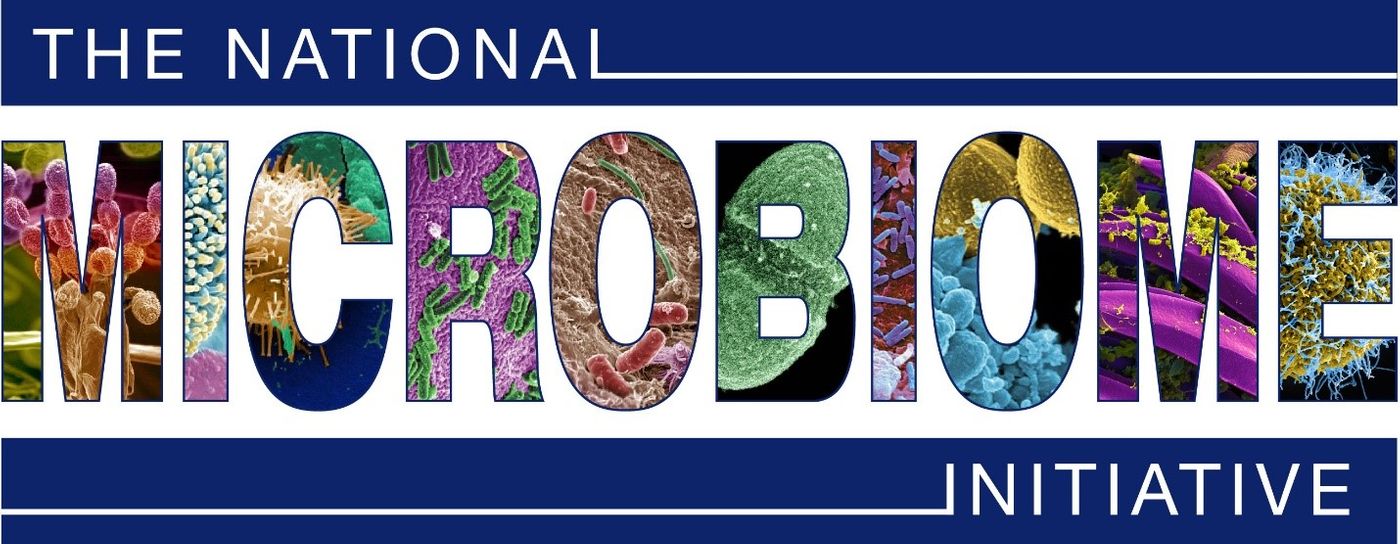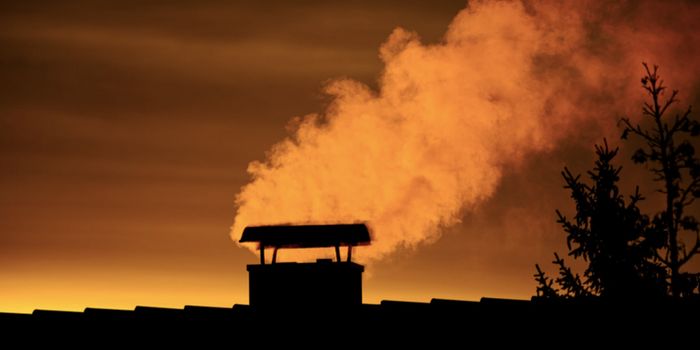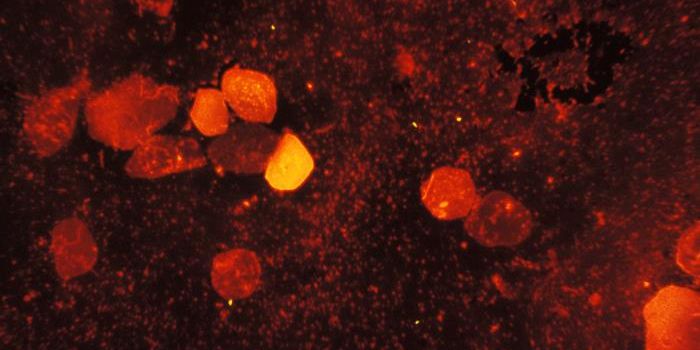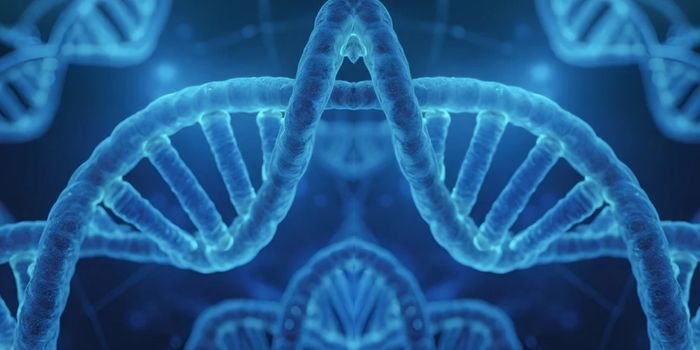On May 13, 2016, the White House
announced the new National Microbiome Initiative (NMI) for the benefit of people and the planet. The Office of Science and Technology Policy (OSTP), with assistance from other federal agencies and some private help, will try to advance our knowledge and understanding of the microbiome and develop tools to manipulate and interrogate it.
The NMI recognizes that it’s important to study the microbiome across multiple ecosystems and organisms, and that the microbiome has an impact on a huge variety of problems in widely diverse areas, such as human health, agriculture, the environment, and weather and atmospheric disruptions.
As such, three aims have been formed under the direction of the NMI. Aim one will focus on supporting interdisciplinary research; this will help address the huge diversity in types of microbiomes if all are to be studied collaboratively. Aim two is about the development of platform technologies to both give insight into the microbiome itself as well as open up new avenues for the study of it. Aim three is to cultivate and expand the workforce that studies and educates others about the microbiome. The announcement was also posted on YouTube.
Microbiologist Jeff Miller of the University of California, Los Angeles, thinks the initiative’s underlying goal should be to enable experiments that go beyond showing inconclusive associations and directly pursue testing cause and effect. “We have incredibly interesting correlations between a certain type of bacterial community and obesity, or type 2 diabetes, or whether a plant is going to grow fast or not. We’re generating hypotheses, but we’ve kind of lacked the tools to rigorously test them,” says Miller, who was among 17 researchers who helped inform OSTP by describing their vision for a “Unified Microbiome Initiative” last year in Science.
Researchers already have plenty of ideas for what new “tools” might be useful for the study of the microbiome. Miller suggests a precise way to knockout a specific microbe while leaving the remainder of the microbial community it inhabits intact. Another tool would be a way to visualize a microbiome on a nanoscale level, rather than just grinding up the microbes and checking their DNA or protein composition.
Janet Jansson of the Pacific Northwest National Laboratory in Richland, Washington, would like to see higher-throughput mass spectrometry. She elaborates; genetic sequencing “only gets you so far. If you want to understand more about the functions that are carried out in the communities, then it’s desirable to know about the proteins that they are producing, and also the metabolites.”
In addition to the $121 million appropriated in the 2016 federal budget and proposed for 2017, private-sector commitments have been announced totaling more than $400 million in response to the call to action. The biggest donors include the Bill and Melinda Gates Foundation, JDRF, and the University of California, San Diego.
Source:
White House,
Science









